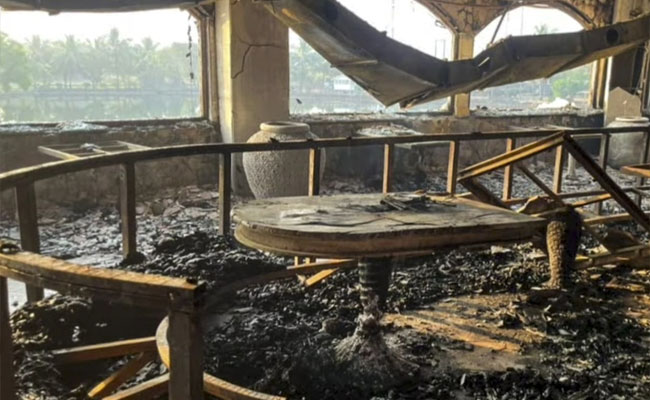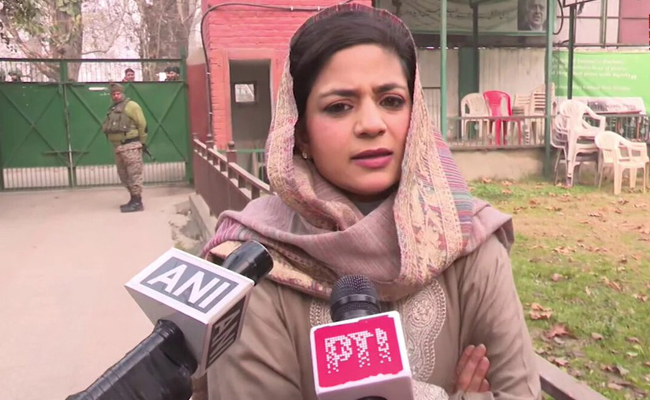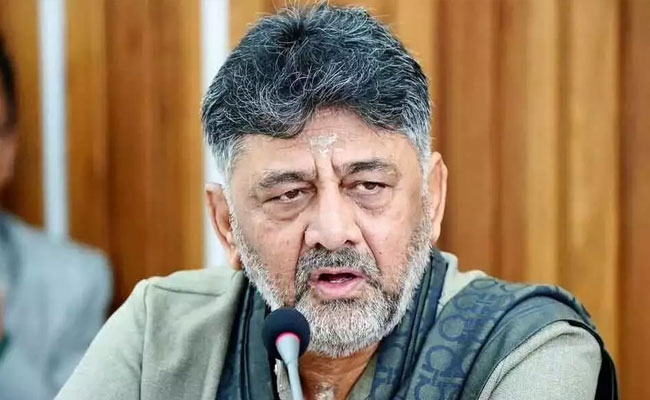Hyderabad, July 11: India has so far saved over Rs.90,000 crore with the use of Aadhaar, UIDAI Chairman J. Satyanarayana said on Wednesday.
On an average, around three crore people are using Aadhaar every day and it is primarily used for ration, pension, rural employment, and scholarships, he said at in his address at an international conference on digital identity, with a special focus on Aadhaar.
The three-day conference being organised by the Indian School of Business (ISB) began on Wednesday.
Satyanarayana, in his keynote address, said that more than Rs 90,000 crore are estimated as reported savings or gains by the Departments of Petroleum & Natural Gas, Food & Public Distribution, Rural Development and others.
Emphasising that the governance system has constantly been changing with the growth of technology and that the country was moving towards a scenario of "invisible governance", he underlined the need for research in some areas.
"We will need further research in creating more efficient biometric identification systems; security of Aadhaar eco-system; improvement in processes of enrolment, updating, and authentication; operation in areas with challenged networks and use of artificial intelligence and machine learning for fraud detection and prevention."
The objective of the conference is to showcase the research work done by the Digital Identity Research Initiative (DIRI)at the ISB. DIRI's research especially focuses on Aadhaar and explores the pros and cons of the ecosystem.
Ashwini Chhatre, Executive Director, DIRI, set the context for the international conference, in which around 150 researchers on digital identity from India and abroad are participating.
Let the Truth be known. If you read VB and like VB, please be a VB Supporter and Help us deliver the Truth to one and all.
Bengaluru (PTI): A five-year-old boy was injured after he was allegedly kicked by a neighbour while playing near his uncle’s house, police said on Friday.
The incident occurred in Thyagarajanagar on December 14.
CCTV footage of the incident showed the child, identified as Neev Jain, playing badminton with other children outside the house when a man approached him from behind and suddenly kicked him.
The impact caused the boy to fall to the ground. The man was then seen casually walking away from the spot without offering any help or showing concern, the footage showed.
Police said a preliminary inquiry revealed that the accused is suffering from a mental health disorder and is undergoing treatment.
According to police, in her complaint, the boy’s mother, Deepika Jain, stated that she had visited her elder brother Manoj’s house on December 14.
At around 1.10 pm, while her son was playing with other children near the house, a resident of the neighbouring house, identified as Ranjan, allegedly kicked the child without provocation.
As a result, the boy fell and sustained bleeding above the eyebrow and abrasions on his hands and legs, she said.
Based on the complaint, a case was registered under Section 115(2) (voluntarily causing hurt) of the Bharatiya Nyaya Sanhita. The accused was arrested and later released, a senior police officer said.
A five-year-old boy was injured after a passerby kicked him while he was playing near his grandmother's house in Bengaluru's Thyagarajanagar.
— IndiaToday (@IndiaToday) December 19, 2025
More details in the video#Bengaluru #Child #Playing #IndiaTodayShorts pic.twitter.com/K8DkVT7AKD





